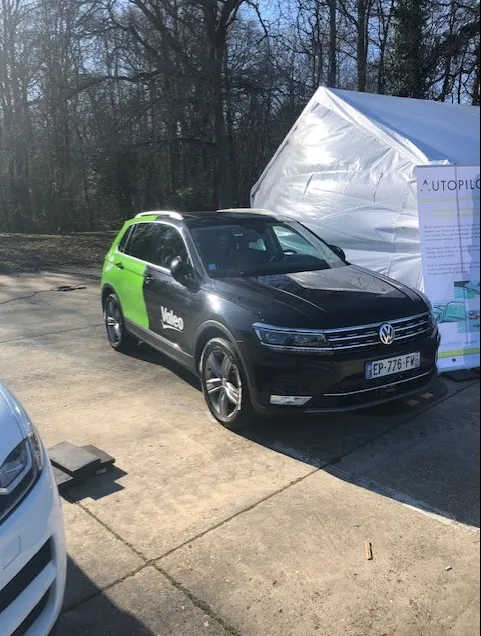
A consortium of European partners demonstrated this week how the Internet of Things (IoT) can be used to improve autonomous driving.
Autopilot (Automated driving progressed by IoT) is a large-scale pilot funded by the European Commission in which partners such as Ertico – ITS Europe and TNO tested IoT-enabled autonomous vehicles (AVs) in France, Finland, the Netherlands, Italy and Spain.
Other partners involved in Autopilot include IBM, Continental and Huawei.
Speaking to media at an event in Versailles, near Paris, Bart Netten, senior scientific researcher at TNO, said IoT brings environmental detection into the vehicle which is then fused with on-board sensors.
“This information allows us to look beyond the line of sight of on-board sensors, and what we will see is how we can detect obstacles, pedestrians, cyclists and crowds,” he explained. “For autonomous driving, this means we can anticipate obstacles and road hazards earlier than the vehicle can detect. Having this information means we can re-route autonomous vehicles, which saves time because you don't have to slow down for pedestrians or crowds."
According to Netten, new functionality can assist AVs with platooning information to help them find each other.
“By providing a cloud service, we allow users to organise themselves from longer distances. This service offers the route, schedule and information on how to team up at the rendezvous point at the same time,” he concluded.
During the first demonstration in Versailles this week, the vehicle received information on the status and phases of a traffic light in order to carry out a safe approach. An IoT camera was used to publish the detection of a vulnerable road user (VRU) while an IoT traffic light released status and phase information on the IBM Watson IoT platform.
In a separate trial, VRUs were detected through IoT smartphone detection through the use of geofencing and in-vehicle cameras.










